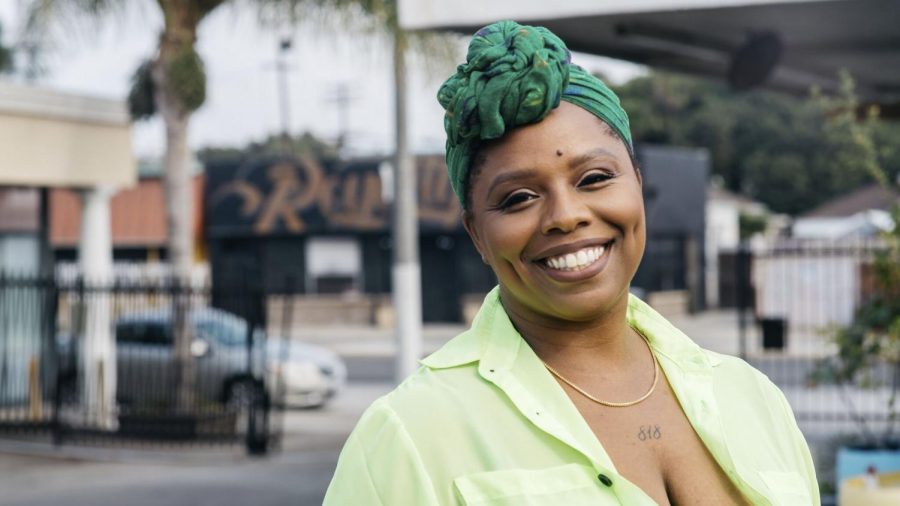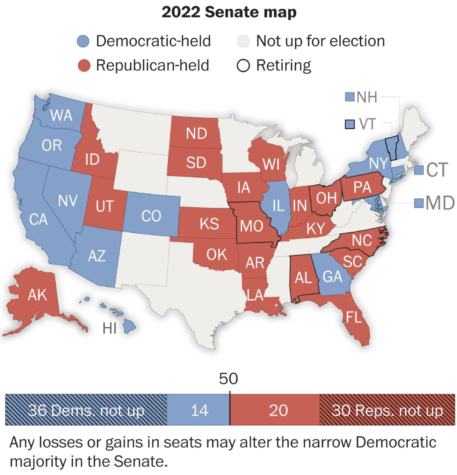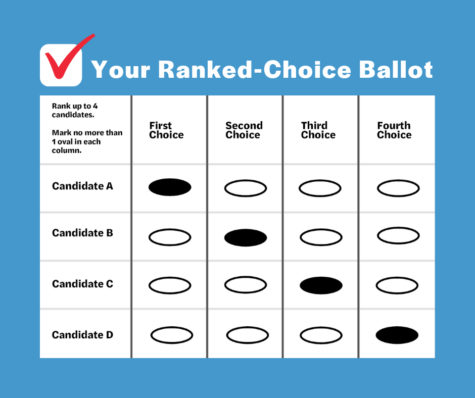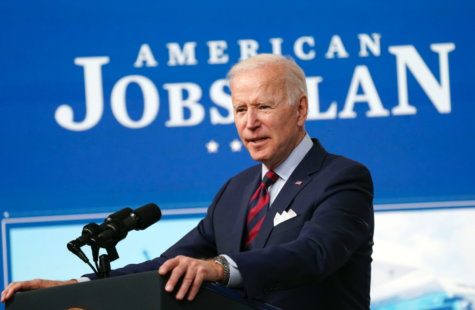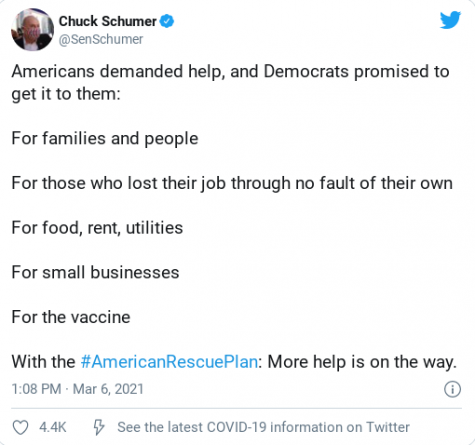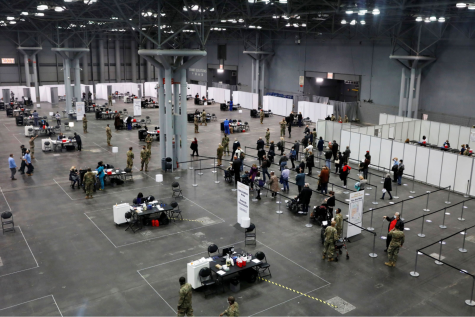Patrisse Cullors: A Written Profile
Many people know about Black Lives Matter, whether it’s as a movement or a hashtag on social media. But how many can honestly say they know the stories of its founders, or how it was created? Although many claim to support BLM, many fewer know about the significant impact its creators and the movement as a whole have had in our local communities, our country, and the world.
One of the three impactful and inspiring founders behind BLM is Patrisse Cullors, who identifies as a Queer Black woman. Cullors was born and raised in California, attending Grover Cleveland High School in Reseda. At just nine years old, she witnessed police brutality firsthand when her 11- and 13-year-old brothers were slammed into a wall. Three years later, she was arrested for smoking marijuana despite the fact that other students in her school could do the same, and “no one gets in trouble.” Later on in her childhood, Cullors watched as her biological father served multiple prison sentences for addiction and substance abuse rather than receiving help—three events that undoubtedly shaped Cullors into the passionate activist she is today. When she came out as queer to her family at the age of 16, she moved out and left her hometown in Los Angeles. She then pursued an education in religion and philosophy at the University of California, Los Angeles, later studying at the Roski School of Fine Arts and Design at the University of Southern California as well.
Cullors started her activism work early; she became a member of the Bus Riders Union at just 18 years old. Her work as an activist got her the Mario Savio Young Activist Award in 2007, but it doesn’t stop there. This involvement later prompted her to launch a coalition of her own—Dignity and Power Now—in 2012, in an effort to combat police brutality and oppression under the criminal justice system. She then curated STAINED: An Intimate Portrayal of State Violence as her first performance art piece the same year. The following year, she created the Black Lives Matter movement with co-founders Alicia Garza and Opal Tometi—using the hashtag #blacklivesmatter to express outrage and sorrow at the death of Trayvon Martin and to gain support for the organization. The hashtag went viral on various social media platforms, and the movement has garnered more attention as a beacon of intersectionality ever since.
In 2014, Cullors finished a fellowship at the Arcus Center for Social Justice Leadership at Kalamazoo College in Kalamazoo, Michigan. She has since earned a variety of awards, such as the Sydney Peace Prize, the Justice Award from National Center for Lesbian Rights, the Contribution to Oversight Award from the National Association for Civilian Oversight of Law Enforcement, and the Community Change Agent Award from BLACK GIRLS ROCK! Inc. She also delivered various keynote speeches at over a dozen colleges in 2016, including the University of Notre Dame and the University of Pennsylvania. Two years later, she wrote and published When They Call You a Terrorist: A Black Lives Matter Memoir, which became a New York Times bestseller.
Although Cullors has had many accomplishments thus far, one of her arguably most influential contributions has been the work she’s done with BLM. For instance, she sponsored a petition to #Free21Savage in 2019 to fight against unauthorized deportation, inspiring others moved by the Black Lives Matter movement to follow her lead. Some notable examples are Senior Counsel David Z. Seide, who called out the Justice Department inspector Michael E. Horowitz for his mismanagement of the federal investigation regarding Tamir Rice, and Mayor Greg Fischer of Louisville, Kentucky who signed and passed “Breonna’s Law” after the Metro Council’s unanimous vote to ban no-knock search warrants following Taylor’s death.
Besides the actions of individuals, other organizations have also gained more traction as a result of the work Cullors and BLM have done, ranging from a local to a more global scale. These include Fuel the People, the New York City Youth Collective, and The Next Gen Come Up (all of which are organizations that focus on youth and community service among smaller communities), as well as Black Lives Matter at School, Movement for Black Lives (M4BL), and Color of Change (which focus on issues of discrimination and racism in education both within and outside of the U.S.). Looking at both Cullors’s achievements thus far and the various movements inspired by BLM, I feel motivated to give back as much as possible to my local community while also striving for better treatment and quality of life for those in my global community, and I hope that those of you who are reading this feel the same way.

